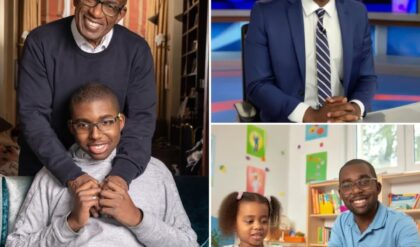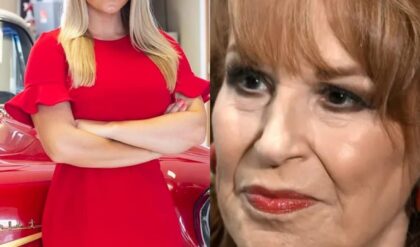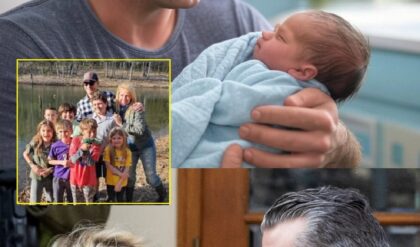Barbara and Adam Maitland are dead, and they’re not happy about it. Their beloved house has just been sold to the pretentious Deetzes – uptight, shrill artist Delia, and timid, status-conscious Charles. The only sane person is Lydia Deetz, Charles’s death-obsessed daughter. The Maitlands are determined to get their house back, so they start haunting the Deetzes. The problem is, the Maitlands aren’t very scary. Their last resort is hiring the mad, perverted and violent bio-exorcist, Betelgeuse (pronounced “Beetlejuice”). What could possibly go wrong?
It certainly sounds like a nutty story, and it is. And yet, Beetlejuice, released in 1988, is widely considered to be director Tim Burton’s horror-comedy masterpiece. It has since gone on to become a franchise, even if its one and only sequel is set to be released this year. It was made into a cartoon on TV, and a musical on Broadway. The sequel, Beetlejuice Beetlejuice, has finally been made 36 years after the original. The titular character has had countless appearances in comics, crossovers, and other media. While Betelgeuse’s pop culture immortality is certain, what of his debut? Thankfully, nearly 40 years later, and in spite of this era valuing sensitivity and nuance, the rude, crude and lewd Beetlejuice is still the Ghost With the Most.
Beetlejuice Codified Wholesome Horror
Tim Burton’s Quirky Vision Inspired a Family-Friendly Horror Subgenre
In recent years, Beetlejuice has somehow become synonymous with family entertainment. It’s not uncommon for entire families to dress up as the main cast for Halloween. The movie’s distinct iconography can be found on notebooks, backpacks, clothes, and other forms of media – at least half of which is aimed for kids. The most (in)famous one is the aforementioned Saturday morning cartoon, which had a solid run of four seasons and 94 episodes. The other half, of course, is for these kids’ parents and other adult fans, of which there are many. This is something of a surprise – maybe even an aberration – considering how flagrantly vulgar and edgy Beetlejuice is.
The movie was clearly developed for an adult audience. Early drafts reveal a much darker story, with a more conventional horror movie tone. Even the finished product is dark, despite some sanded edges. For one, the protagonists die in the first five minutes. The Maitlands pull ghoulish and disfiguring pranks. Lydia becomes suicidally depressed. The Netherworld is full of people who died horrible, disfiguring deaths, while those who committed suicide are forced to be social workers – with Beetlejuice himself implied to be among them. And that’s not getting into Beetlejuice’s crude, perverted and offensive personality, culminating in him attempting to marry Lydia to escape the Netherworld clause (It’s a green card thing, of course). To top it all off, these are all played for laughs.
All of this sounds absolutely bizarre and potentially offensive, at best. And yet, in spite of all the edginess that the ’80s PG rating would allow,there isn’t a mean bone in Beetlejuice’s body. Burton was possibly channeling a bit of John Waters, the king of bad taste cinema, in his depictions of a depraved world of the vapid living and the realm of the desperate, bureaucratic dead that’s pushed so far into irreverence that it circles right back into innocuousness. As nasty as some of Burton’s gags can be, they never cross the line the way Waters masterfully did. The horror is played for camp and comedy. Deaths and hauntings that should be horrifying are more ineffectually spooky, gross and goofy rather than scary. The body horror, mutations, slapstick and supernatural hijinks make viewers say “Oh, you!” instead of screaming “Oh, no!”
“Well, I’ve read through that handbook for the recently deceased. It says: ‘Live people ignore the strange and unusual’. I myself am strange and unusual.” – Lydia Deetz
While it may be best remembered for its morbid fun, there is a subtle tenderness under Beetlejuice’s sludge, cobwebs, smoke machines and green makeup. The movie is a story about found families with a quirky edge. The Maitlands are the average, wholesome American couple who happen to be newly-deceased ghosts. Meanwhile, the dysfunctional Deetzes’ unpleasantness is more of a nuisance than genuine malice. Last but not least, Lydia is too humorously deadpan for her morose leanings to be creepy. Even the depraved and boorish Betelgeuse is too funny to be threatening, even for all his deadly pranks during the movie’s kooky climax. The Maitlands’ and Lydia’s oddball friendship is a big part of the movie’s family-friendly appeal. The same goes for the resolution, with the Deetzes and the Maitlands coexisting as one big, happy blended family. The story closes with the Maitlands dying happily ever after, the Deetzes now mellow and successful, and the macabre Lydia being in the happiest place she’s been without losing her unique goth edge.
Beetlejuice has a wholesome message about unconventional families, albeit brought together through the most unusual and improbable circumstances. The Maitlands didn’t get the happy family they wanted in life, but they found it in death. Likewise, the Deetzes didn’t become a strong and functional family unit until they faced literal demons. It’s a downright wholesome and uplifting message, one that ended up inspiring an entire subgenre in the ’90s and 2000’s. During this period, family-friendly movies centered around spooky themes took audiences by storm. The Addams Family, Hocus Pocus, Halloweentown, Goosebumps and many of Burton’s own animated movies (both those he produced and directed himself) all owe their success to the template Beetlejuice established. So perhaps the stray, ad-libbed F-bomb can be forgiven.
Beetlejuice Embraced Kitsch To Make Creepiness Cute
The Movie’s Quirky Visuals Paid Homage to Vintage Horror and Sci-Fi
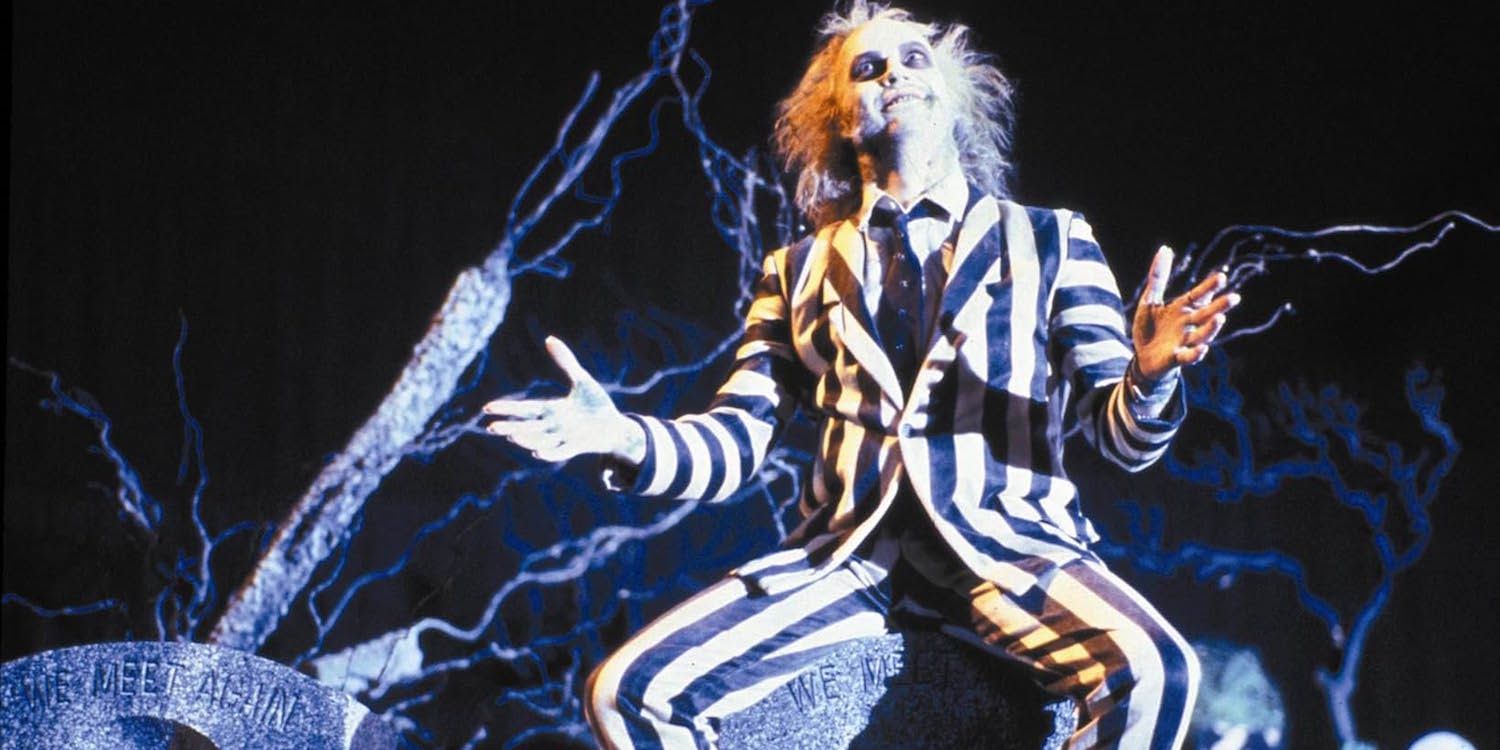
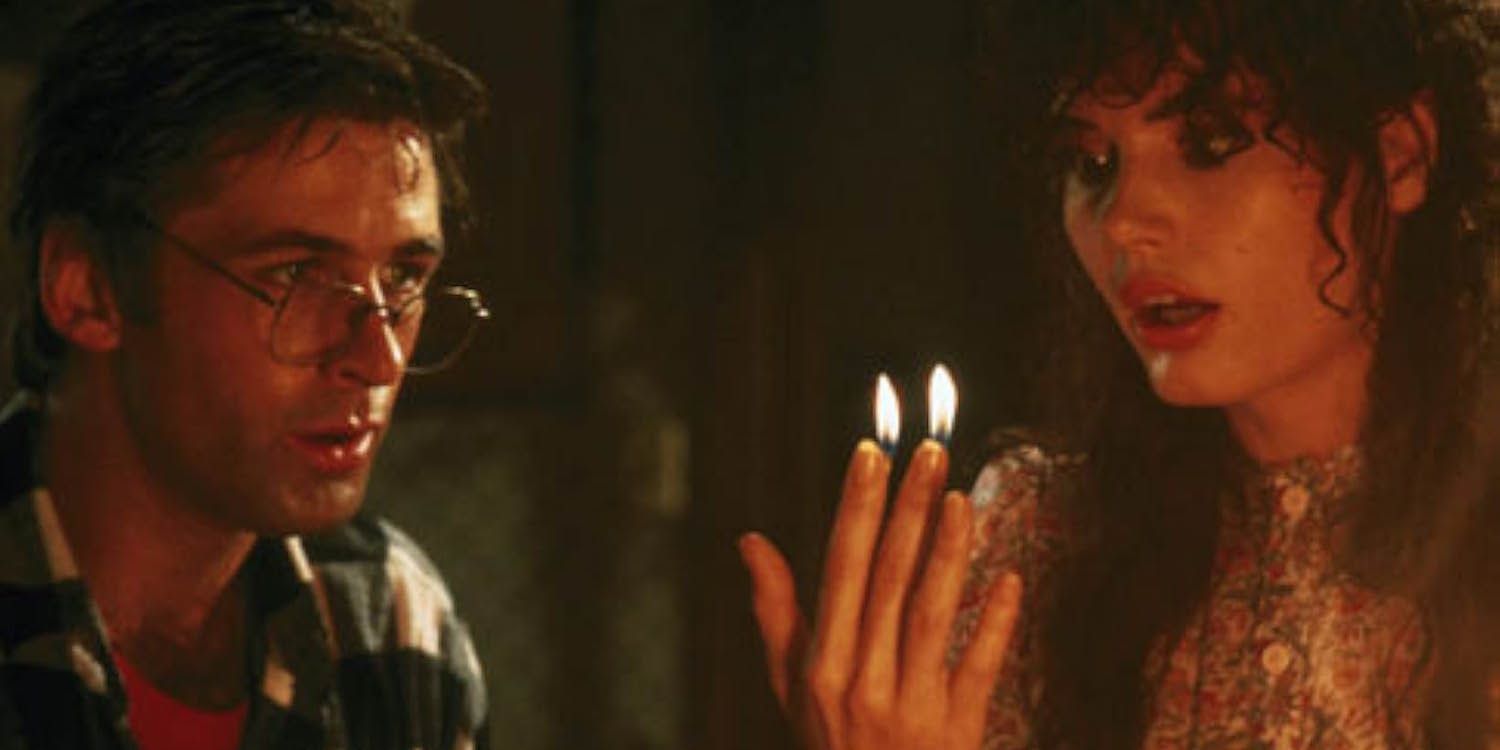
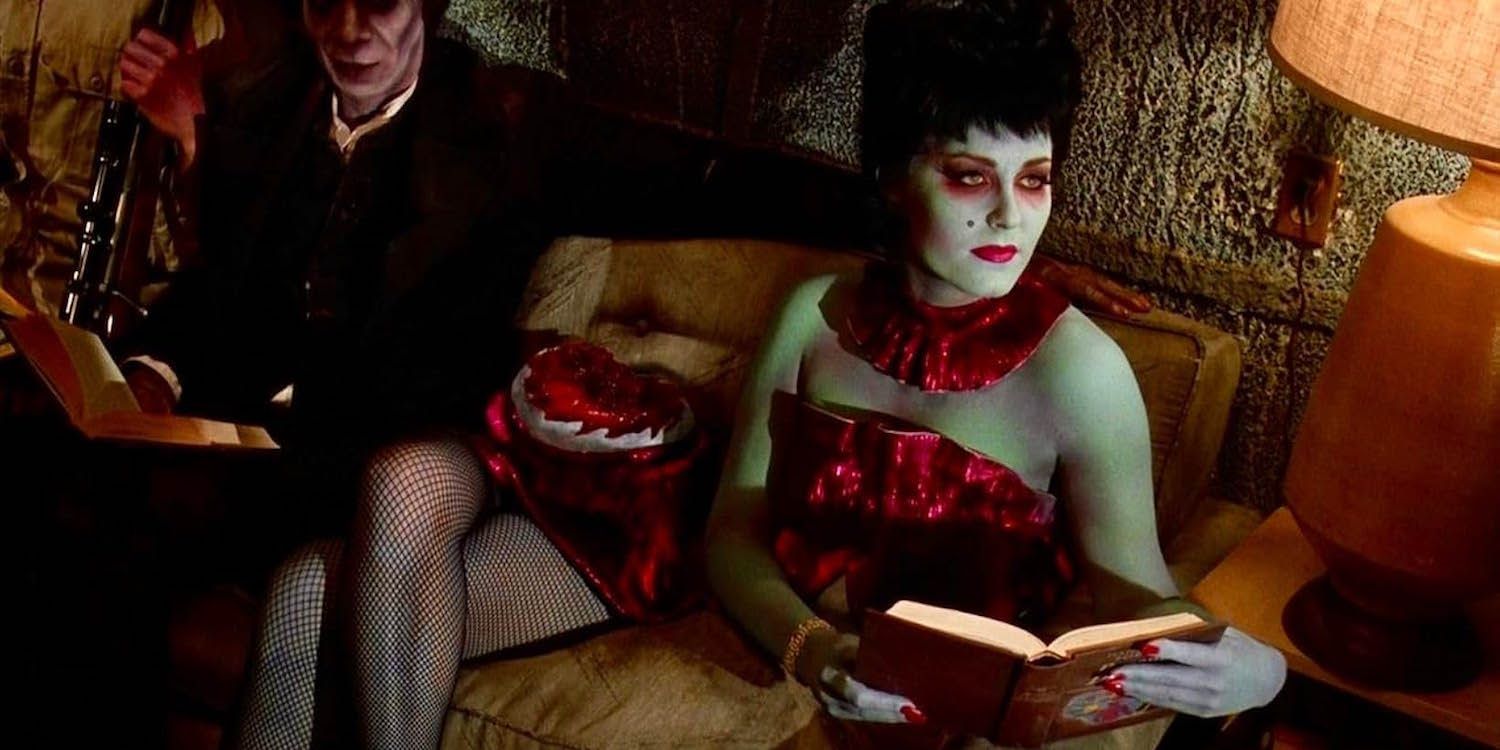
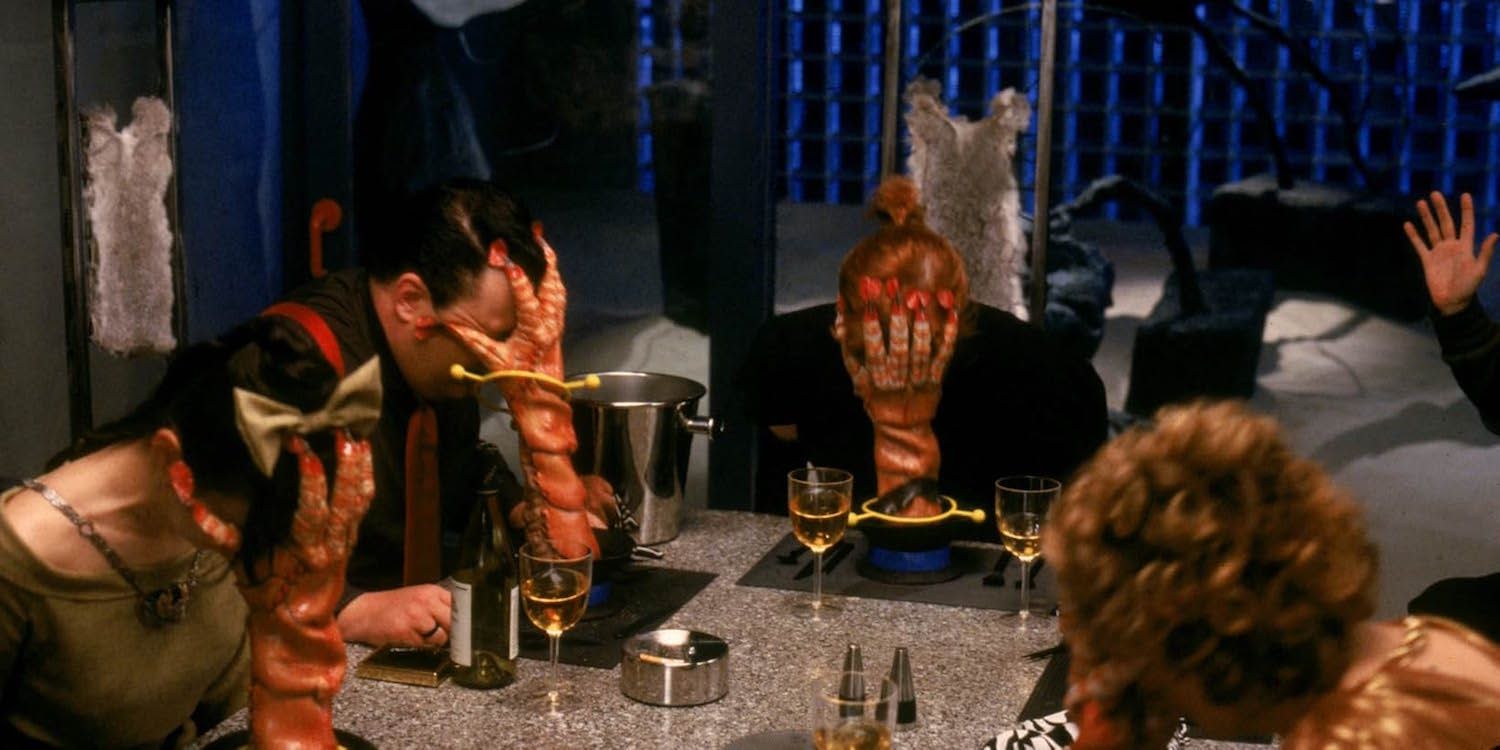
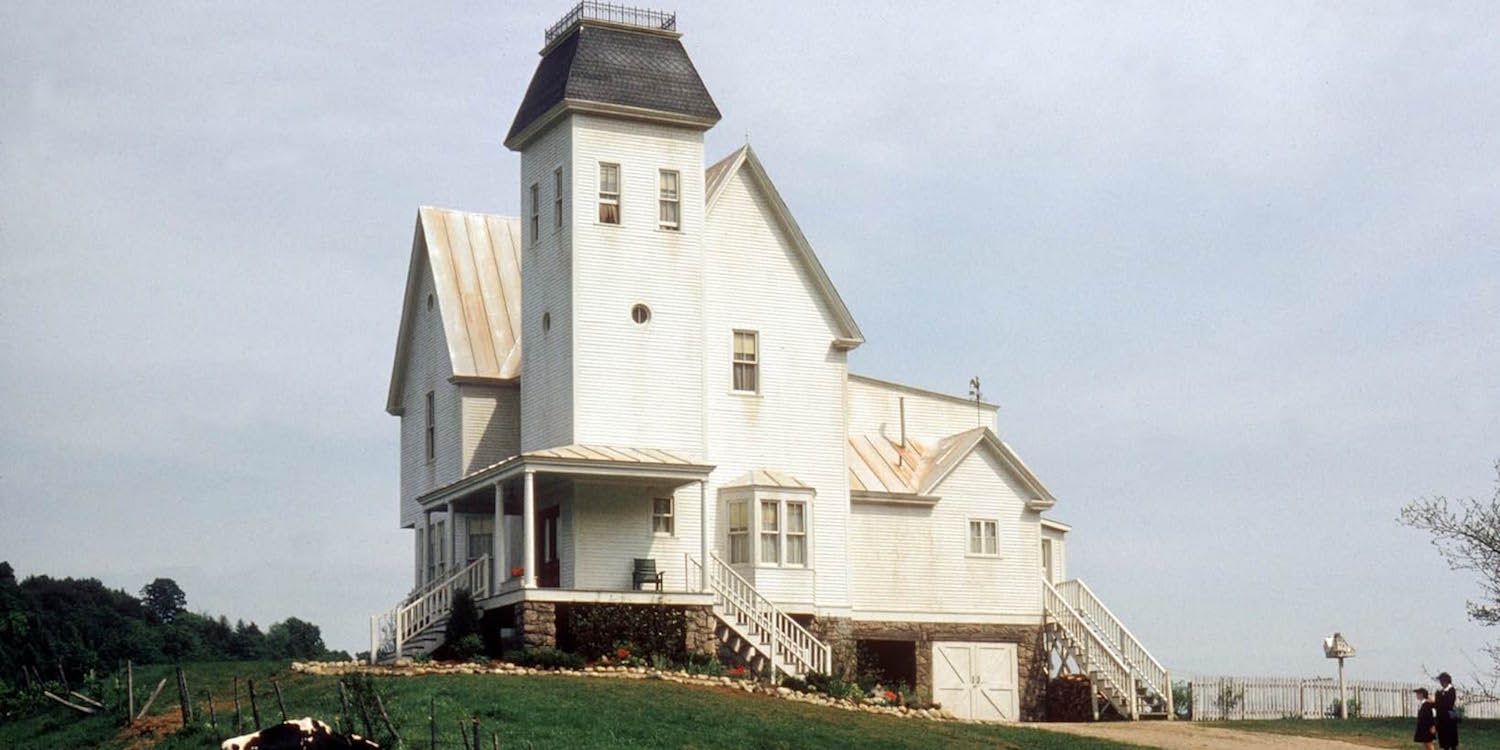
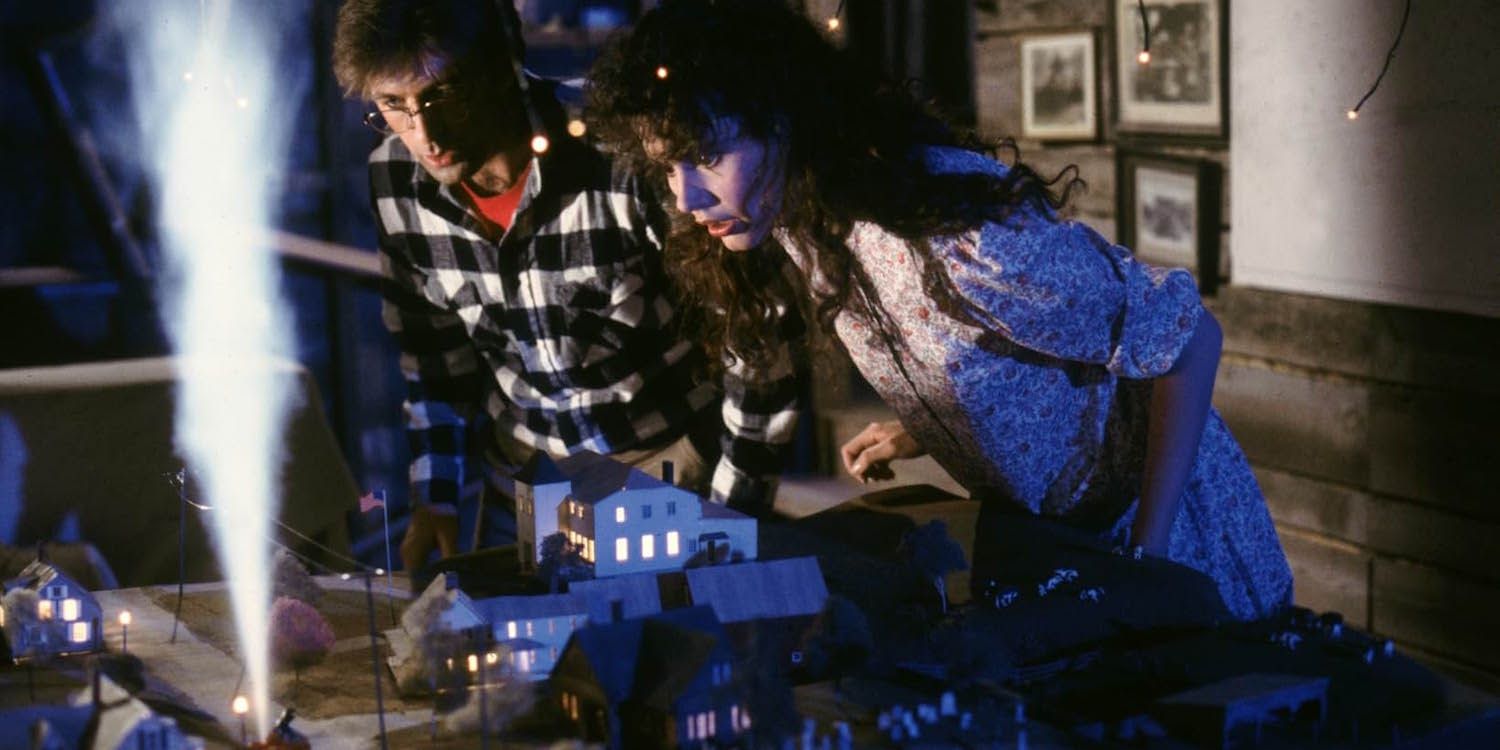






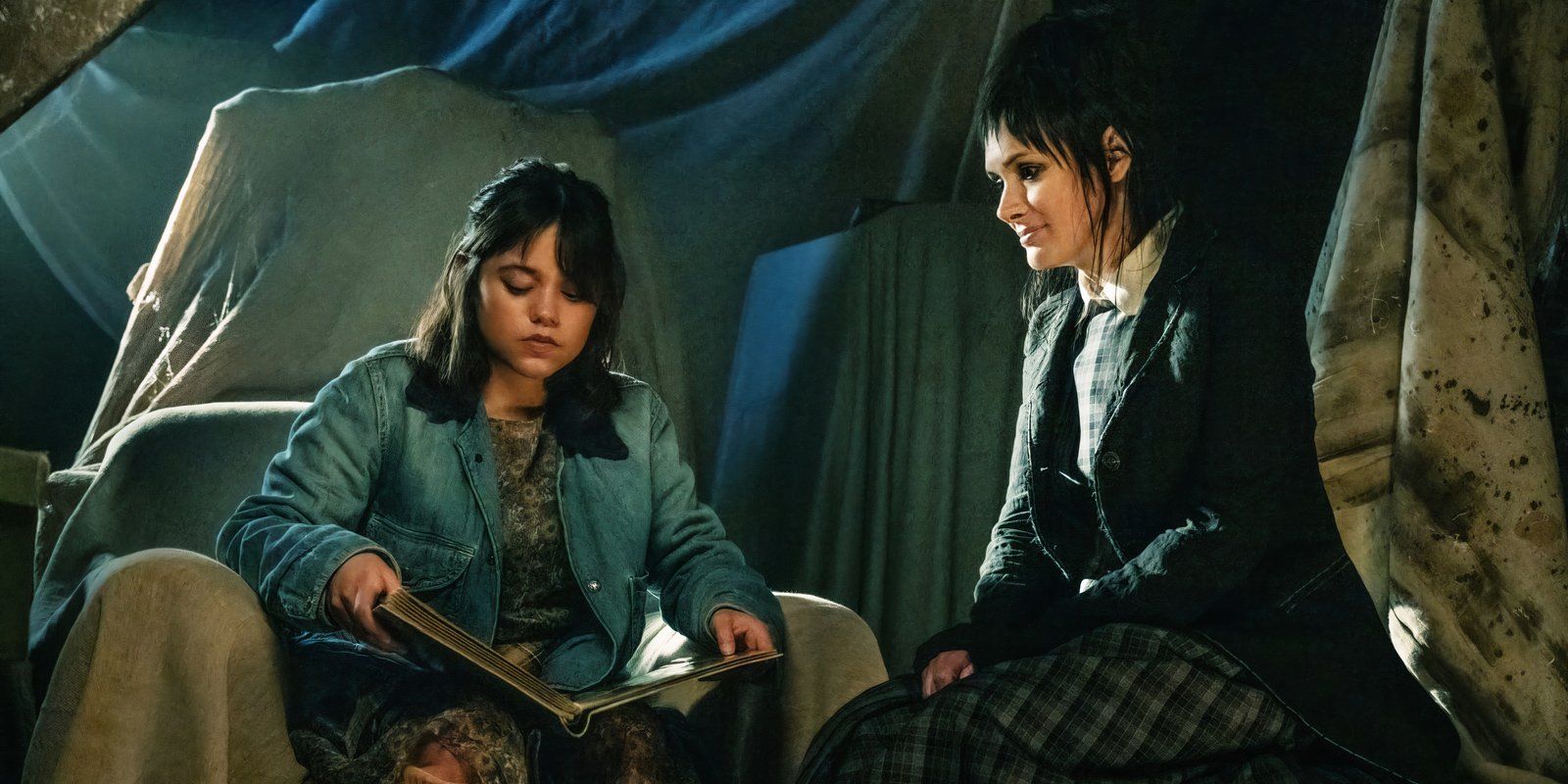
Related
Jenna Ortega Names the Beetlejuice 2 Prop She Regrets Not Stealing
Wednesday and Beetlejuice Beetlejuice star Jenna Ortega opens up about the one prop she wishes she stole from the set of the upcoming sequel.
In the late ’80s, practical and digital effects were becoming more convincing and sophisticated. The available contemporary technology created some of the best special and practical effects that are now synonymous with the horror and sci-fi genres. These were lauded for their stunning realism – at least for their times, prior to the advent of CGI and motion capture. Burton and his effects team could have easily made use of the then-latest tech to make Beetlejuice lifelike and very scary. However, they did not. Truth be told, little effort went into hiding the practical effects. In fact, it’s as though the effects team went out of their way to make everything look as fake and obvious as possible. The enormous stop-motion sand worms and their desert dimension – apparently one of Saturn’s moons, Titan – are clearly blue screened. Beetlejuice’s grotesque snake form is jarringly clunky. The quirky and colorful dead denizens of the Netherworld wear obvious prosthetics and makeup. One of them has an obviously fake, shrunken head. The lighting looks cheap and garish, and the environments are lopsided. The “ghost” hijinks, the moving art pieces, Beetlejuice himself – everything looks unconvincing, dated and downright cheesy. And it’s perfect.
The offbeat and downright retro effects in Beetlejuice are integral to its distinct charm, aesthetic and multi-demographic appeal. It’s hard to be intimidated by an obviously blue-screened, green-lipped, striped stop-motion snake, or a cartoonishly flattened dead man slinking along the ceiling like a garment at the dry cleaner’s. The shrimp fingers, the model town (complete with an impromptu brothel), the dead’s misshapen features, Delia’s ridiculous moving statues, and even Adam and Barbara’s absurd disfigured “scary” faces are so un-frightening that companies make plushies and toys based on them. It’s all part of the fun, since Beetlejuice wasn’t meant to be taken seriously. From the first few seconds alone, Oingo Boingo alum Danny Elfman’s memorable, carnival ride score – followed by gratuitous Harry Belafonte – sets the tone for the rest of the movie. The audience is in for a creepy and whimsical ride. There will be thrills and chills, but nothing deadly – even though this is a story about death.
“This is my art, and it is dangerous! Do you think I want to die like this?” – Delia Deetz
It helps that the story is told through the perspective of Adam and Barbara (portrayed by Alec Baldwin and Geena Davis, respectively). They’re a completely normal, loving and innocent young couple who, through their untimely deaths, become the audience surrogates to explore this zany world. Who better to introduce the absurd bureaucracy and extraordinary weirdness of the afterlife than through completely clueless, ordinary people, learning the ropes of haunting and reacting just as the audience would? Having Adam and Barbara be grounded and relatable makes the more outlandish characters stand out more. They are good sound boards and foils to their surrogate daughter and friend, the dramatically-inclined but secretly kind goth Lydia. They are also the catalysts for Delia and Charles’s redemption and turn towards kindness. Most importantly, they are the ones that, by summoning and later defeating Betelgeuse, strike the balance between the living and the dead.
On the other hand, Barbara and Adam being so down-to-earth does mean that they are less interesting, unique or memorable than the rest of the cast, which is one of the reasons why they are featured less in the rest of the franchise. A then-teenage Winona Ryder inspired and represented hordes of aspiring macabre girls around the globe with her depiction of the dour but whimsical Lydia. Catherine O’Hara chewed whatever scenery she could as the neurotic and pretentious Delia. And then there is Michael Keaton as Betelgeuse. Despite being the movie’s namesake and being one of cinema’s most beloved characters, Betelgeuse is ironically and criminally underutilized in his own movie, featuring in not even a quarter of its runtime. To add insult to injury, he only spends a few minutes in his iconic striped suit. And yet, Keaton makes every moment count by being the most delicious, high-calorie serving of ham. From his affected, raspy, fast-talking speech, gross mannerisms, wacky, supernatural powers and his so-wrong-it’s-right personality, Keaton made Betelgeuse one of the most loved characters in media. It’s no wonder that adaptations give the Ghost With the Most considerably more screen time. Audiences want more of their favorite bio-exorcist, since the movie just didn’t give them enough.
Beetlejuice Created a Creepy Comedy Archetype
Michael Keaton’s Brief Screen Time Made a Lasting Impression On Pop Culture

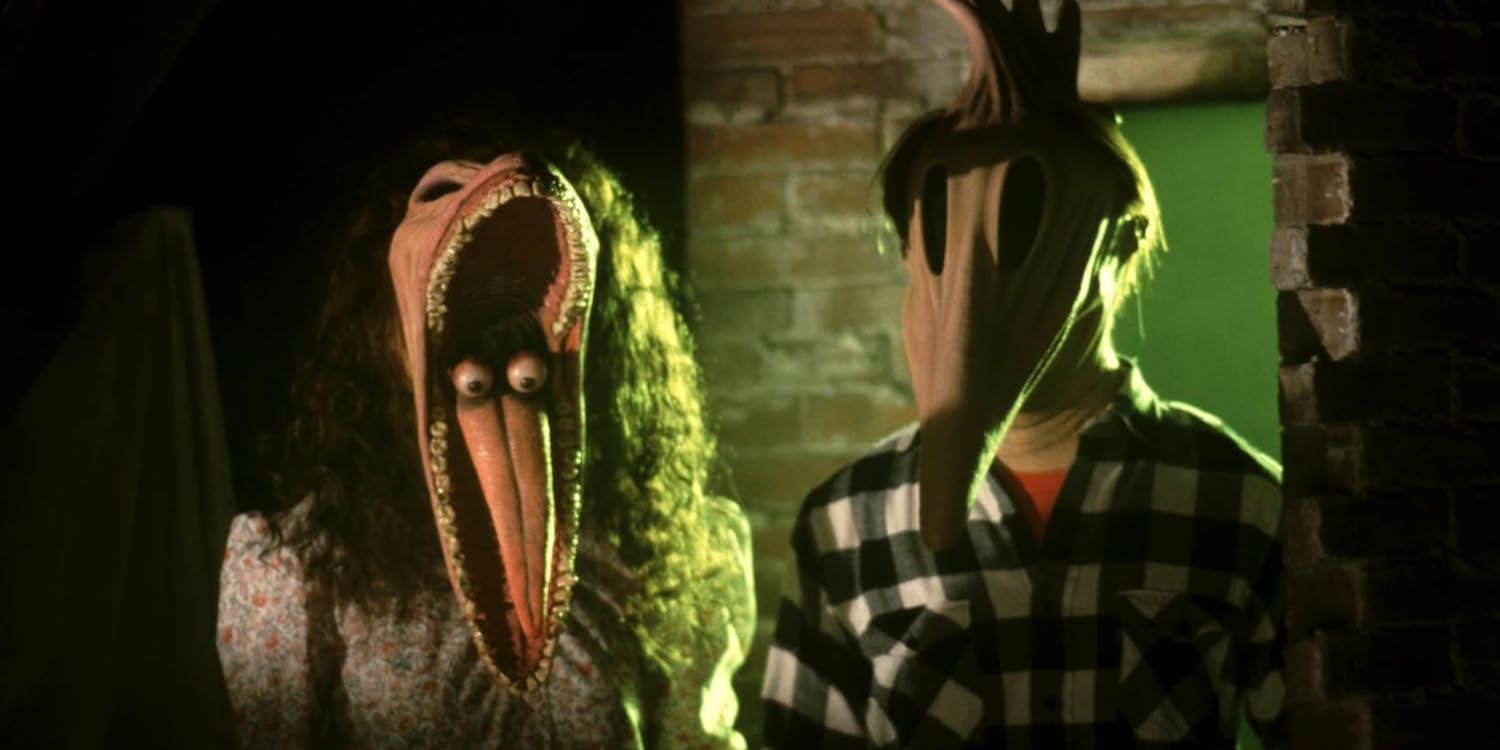
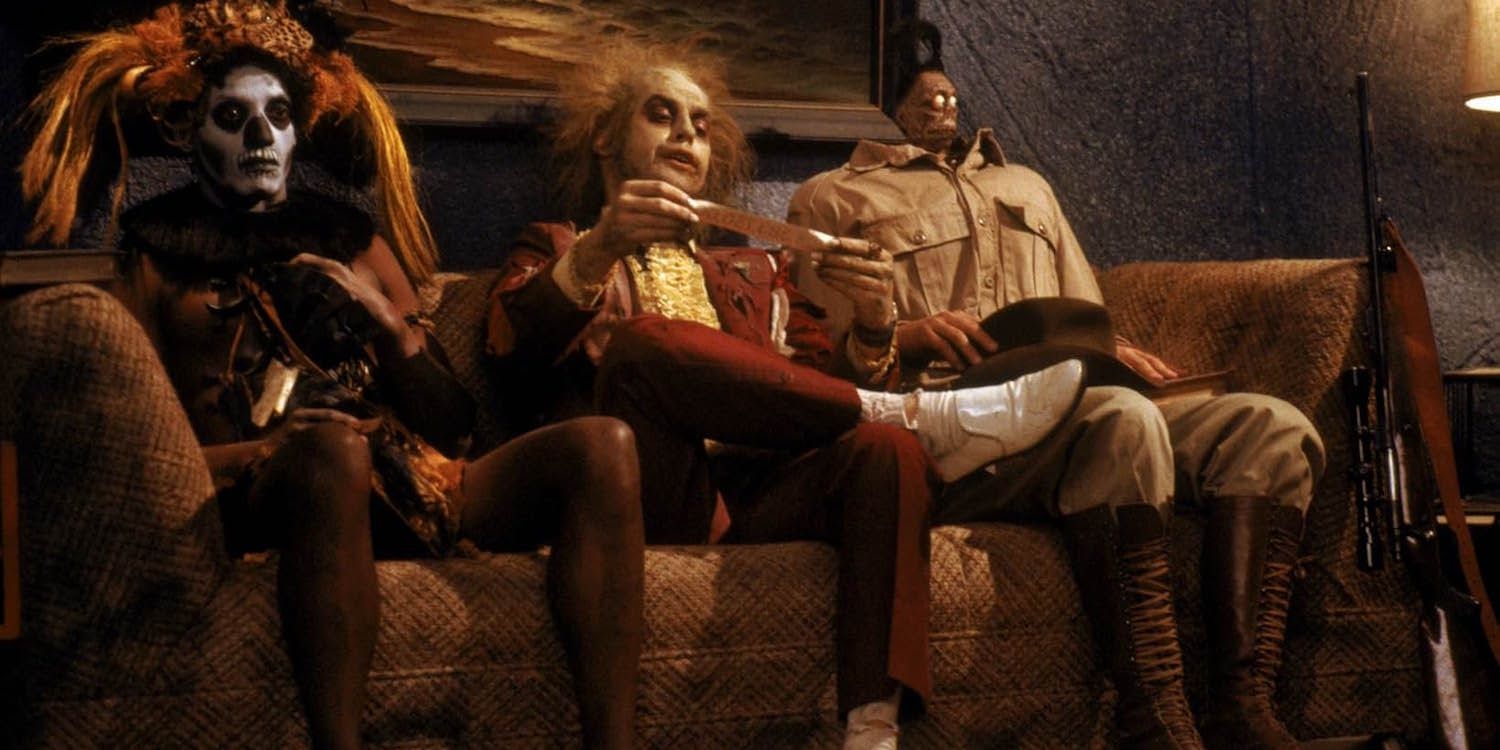
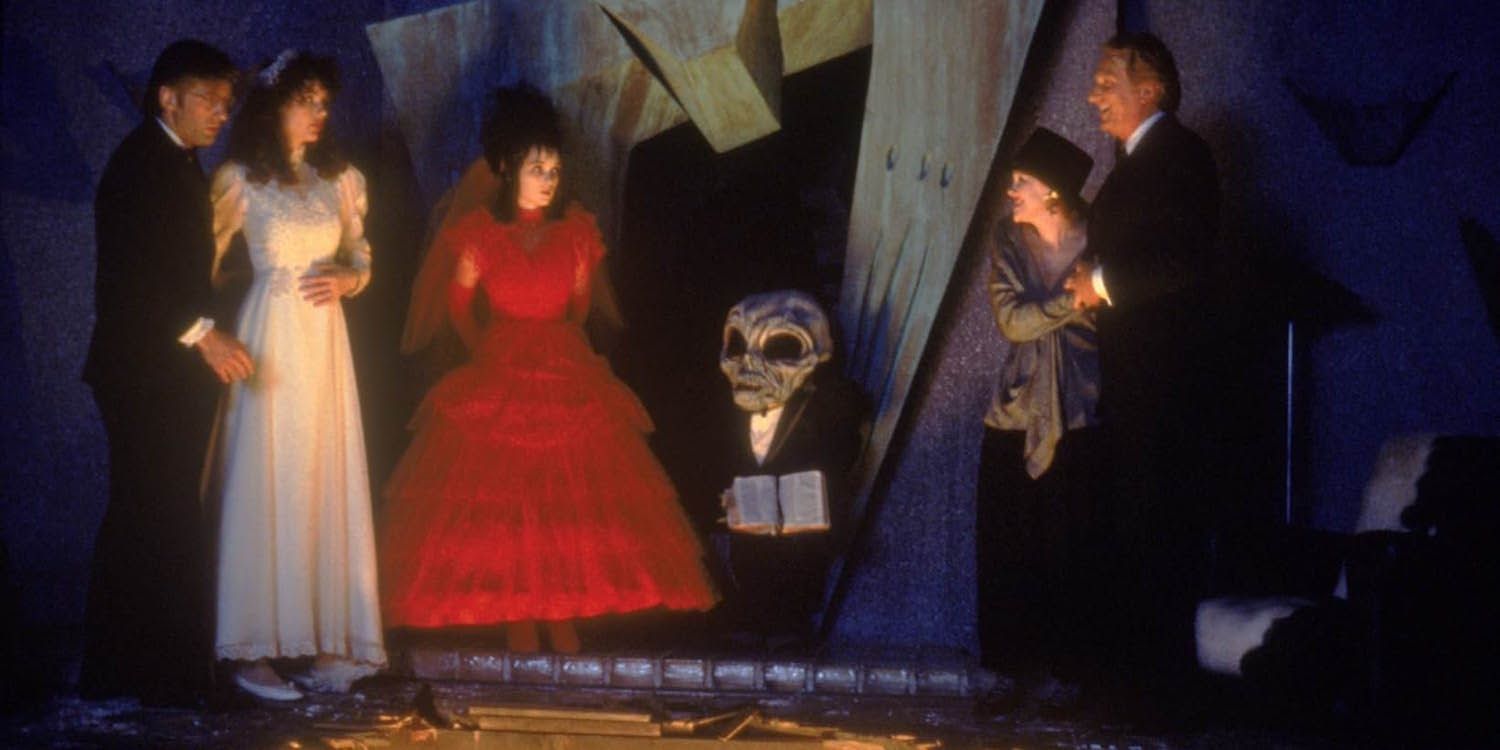
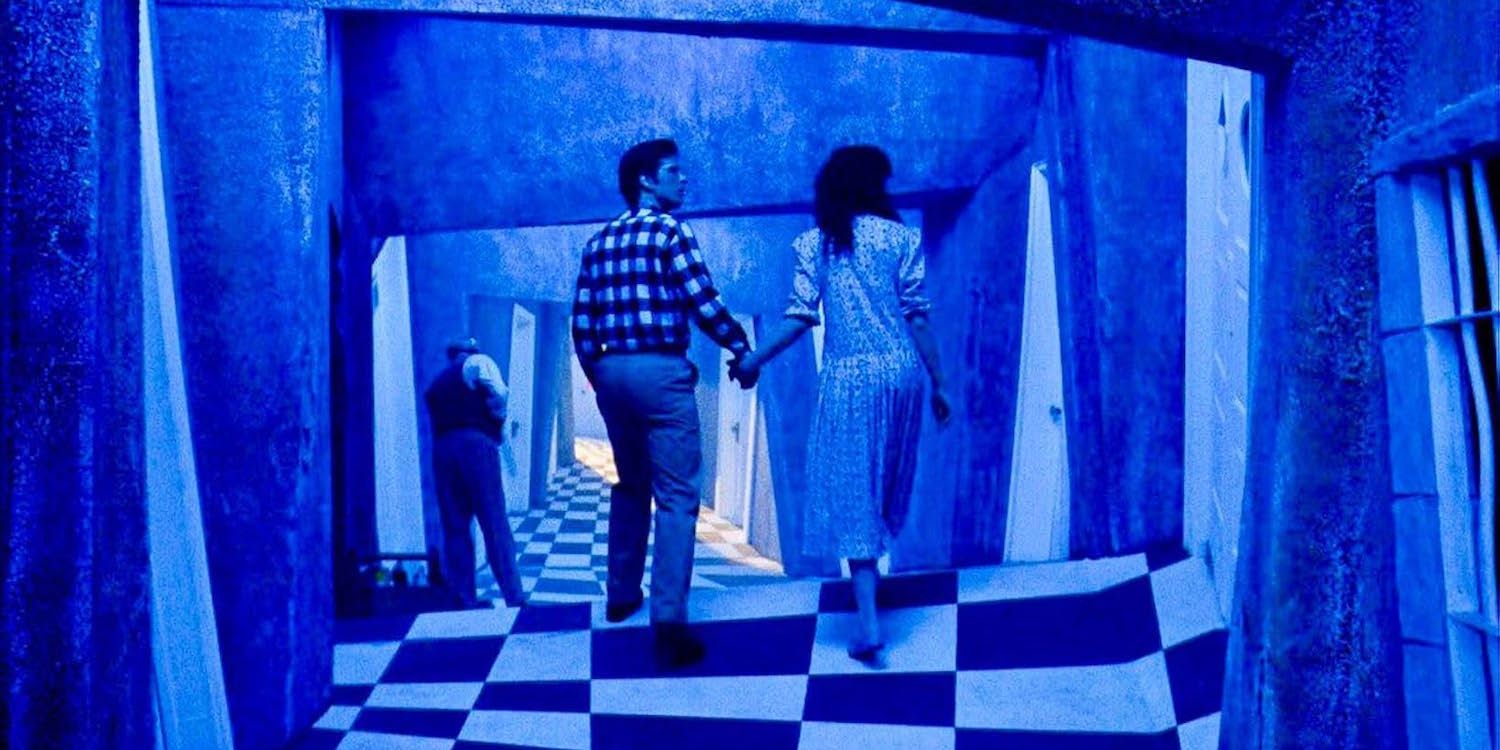





It’s hard to downplay just how massive an impact Burton’s vision of Beetlejuice has had on popular culture. It’s been adapted into different mediums, each taking from – and adding to – the movie’s spirit. Perhaps the reason Beetlejuice has endured as a movie and a franchise is how flexible its characters and premise can be, while staying true to its original, quirky, creepy-fun tone and world. As a character, Betelgeuse can be a villain, an anti-hero, or something in-between. He can be completely perverted or weirdly wholesome. He can have ulterior motives or be more sympathetic than anyone gives him credit for. Likewise, Lydia can be a hero or an anti-hero; she can Beetlejuice’s enemy or best friend depending on the adaptation. But the general spirit remains the same: dark, wacky, humorous, whimsical, and colorful as a trick or treat bag.
“Let’s turn on the juice and see what shakes loose.” – Betelgeuse
On paper, nothing about Beetlejuice should have worked. But somehow, everything came together to create something unique. It set new trends by defying old ones. Burton pushed boundaries of appropriateness and sophistication with Beetlejuice. He defied convention by making a movie that was extremely vulgar and dark, yet somehow appealed to families. It abandoned contemporary high-tech and scary, slasher violence for the cheesiest and corniest of vintage effects. He ditched the world of realism for a place of demented fantasy – complete with an undignified DMV-style waiting room for the recently deceased. The movie’s most loved and memorable character was an unrepentant creep. It flew in the face of everything that was embraced in the flashy, glittery, Satanic Panic throes of the ’80s, and arguably set the tone for the subversive and edgy ’90s, where the ghosts and ghouls were free to play among mortals. And yet, it has become one of the world’s most beloved franchises.
Perhaps it’s appropriate that the sequel, Beetlejuice Beetlejuice, should be released this year, in an era similarly obsessed with glossy filters, idols, glamor, and a prickly approach to humor and politics. Whether audiences admit it or not, they may need the irreverent Betelgeuse to rock the boat now more than ever. Already it appears that Keaton’s Ghost With the Most is as politically incorrect as ever. Similarly, Ryder’s Lydia is still strange and unusual despite being well into adulthood. Could the franchise again challenge convention and good taste to set the stage for something new, or will Beetlejuice Beetlejuice fall for self-indulgent nostalgia the way its fellow ’80s revivals did? It’s rare that lightning strikes twice. At least the decades-late sequel comes from strong roots – rotten roots deep in the plastic layers of a model town in an attic, but strong roots all the same.
Beetlejuice is available to rent and stream on Max.
